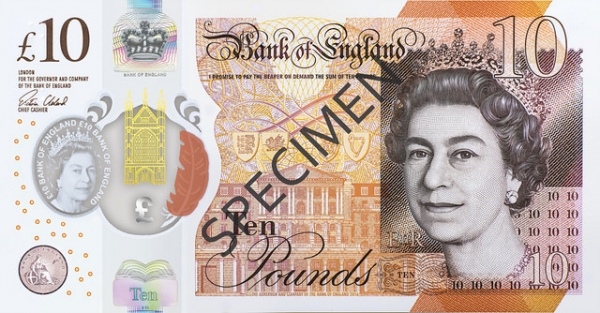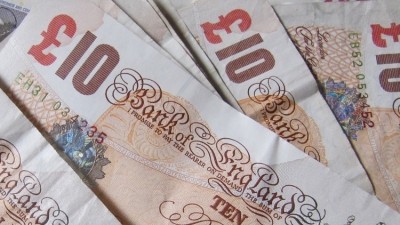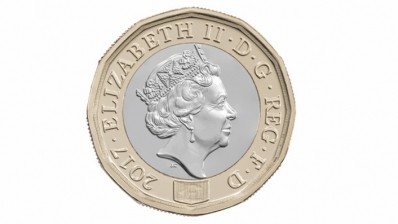Get your pub ready for the new £10 note
The note, which features Jane Austen, will be in the same material as the new £5 note – a thin and flexible plastic material.
The current note, which feature Charles Darwin and is 142mm x 75mm, is bigger than the new one, which will measure 132mm x 69mm.
The paper £10 note will be withdrawn from circulation in spring 2018. Notice will be given three months prior to the withdrawal date.
Important checklist
If not already done so, publicans should ensure they know which cash handling machines are being operated by their business.
These machines include self-service check-outs, desktop counters, ATMs, ticket machines, and any other machine that weighs, counts, sorts, accepts, dispenses or recycles banknotes.
Advice given by the Bank of England is to contact the manufacturer or supplier of these machines, to discuss what adaptations will be required for issuance of the new £10 note, and when they will be available.
For most machines, a software update will be needed.
Additional advice from the Bank of England is to train staff on the new note – with a range of materials to support staff training on issue and withdrawal available here.
Background information
The new £10 polymer notes are "cleaner, more secure and last longer" than paper notes. They provide counterfeit resilience and increase the quality of notes in circulation.
Although polymer notes are not indestructible, they can withstand more wear then their counterparts and are expected to last at least 2.5 times longer.
This year marks the 200th anniversary of Jane Austen’s death. She is buried at Winchester Cathedral, Hampshire, which appears on the new £10 note.
Undoubtedly pubs will soon be faced with counterfeit £10 notes. Here are some “simple steps” to verify the new £10 note’s security features. The advice is to not just check one feature, but a few.
1) Check the see-through window. There is a large see-through window on the note. A clearly defined portrait of the Queen is printed on the window with the words ‘£10 Bank of England’ printed twice around the edge.
2) A finely detailed metallic image of Winchester Cathedral is positioned over the window. The foil is gold on the front of the note and silver on the back of the note. When the note is tilted a multi-coloured rainbow effect can be seen. The foil £ symbol in the window is silver on the front of the note and copper on the back of the note.
3) At the side of the window is a coloured quill that changes from purple to orange when the note is tilted. This effect can be seen on the front and back of the note.
4) Check the foil patches. On the front of the note, below the see-through window, is a silver foil patch. When the note is tilted, the word ‘Ten’ changes to ‘Pounds’ and a multi-coloured rainbow effect can be seen.
5) On the front of the note, below the see-through window, is a silver foil patch. When the note is tilted the word ‘Ten’ changes to ‘Pounds’ and a multi-coloured rainbow effect can be seen.
6) On the back of the note, there is a book-shaped copper foil patch that contains the letters JA. It is immediately behind the silver crown on the front.
7) Check the polymer and the raised print. The note is printed on polymer, which is a thin and flexible plastic material. By running your finger across the front of the note you can feel raised print in areas such as the words ‘Bank of England’ and in the bottom right corner, around the number 10.
8) Check the print quality. The printed lines and colours on the note are sharp, clear and free from smudges or blurred edges.
9) Check the microlettering. Using a magnifying glass, look closely at the lettering beneath the Queen’s portrait and you will see the value of the note written in small letters and numbers.
10) Check the ultra-violet feature. If you look at the front of the note under a good-quality ultra-violet light, the number 10 appears in bright red and green while the background remains dull in contrast.








